Impact of Lifestyle Factors
Lifestyle factors, including diet, stress, and environmental triggers, are increasingly recognized as contributors to rosacea flare-ups. This understanding is influencing the Rosacea Treatment Market by prompting patients to seek comprehensive management strategies that address both medical and lifestyle interventions. As individuals become more aware of how their daily habits can exacerbate symptoms, there is a growing demand for holistic treatment approaches. This trend may lead to the development of products that not only treat the condition but also educate patients on lifestyle modifications. Consequently, the Rosacea Treatment Market could see a diversification of treatment options that cater to these evolving patient needs.
Growing Prevalence of Rosacea
The increasing prevalence of rosacea is a primary driver for the Rosacea Treatment Market. Recent estimates suggest that approximately 16 million individuals in the United States alone are affected by this chronic skin condition. This rising incidence is likely to spur demand for effective treatment options, as more patients seek relief from symptoms such as redness, flushing, and visible blood vessels. The growing awareness of rosacea among healthcare professionals and patients may also contribute to earlier diagnosis and treatment initiation, further propelling market growth. As the population ages, the incidence of rosacea is expected to rise, indicating a sustained demand for innovative therapies within the Rosacea Treatment Market.
Rising Awareness and Education
Increased awareness and education regarding rosacea are pivotal in shaping the Rosacea Treatment Market. Campaigns aimed at educating both healthcare providers and patients about the condition have led to improved recognition of symptoms and the importance of early intervention. This heightened awareness is likely to result in more individuals seeking medical advice and treatment, thereby expanding the patient base for rosacea therapies. Furthermore, educational initiatives may encourage patients to adhere to prescribed treatment regimens, ultimately enhancing the effectiveness of available therapies. As awareness continues to grow, the Rosacea Treatment Market is expected to experience a corresponding increase in demand.
Advancements in Treatment Options
Innovations in treatment modalities are significantly influencing the Rosacea Treatment Market. The development of new topical and oral medications, including novel formulations and delivery systems, has expanded the therapeutic landscape for rosacea. For instance, the introduction of brimonidine and ivermectin has provided patients with effective options to manage their symptoms. Additionally, laser and light therapies have gained traction as non-invasive alternatives, offering promising results for patients with moderate to severe rosacea. The continuous evolution of treatment options is likely to enhance patient outcomes and satisfaction, thereby driving market growth in the Rosacea Treatment Market.
Increased Investment in Dermatological Research
The surge in investment in dermatological research is a significant driver for the Rosacea Treatment Market. Pharmaceutical companies and research institutions are increasingly focusing on understanding the underlying mechanisms of rosacea, which may lead to the discovery of novel therapeutic targets. This investment is likely to accelerate the development of new treatments, enhancing the overall efficacy of rosacea management. Furthermore, collaborations between academia and industry are fostering innovation, resulting in a more robust pipeline of potential therapies. As research continues to advance, the Rosacea Treatment Market is poised for growth, driven by the introduction of cutting-edge solutions that address unmet patient needs.


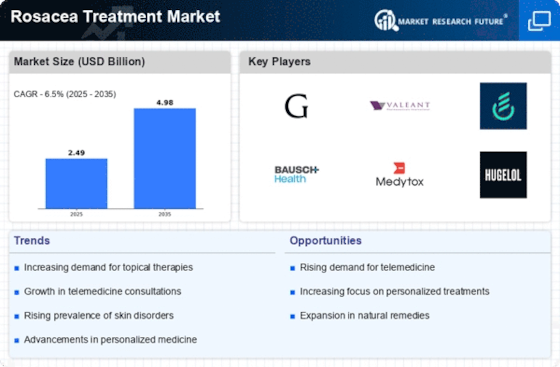
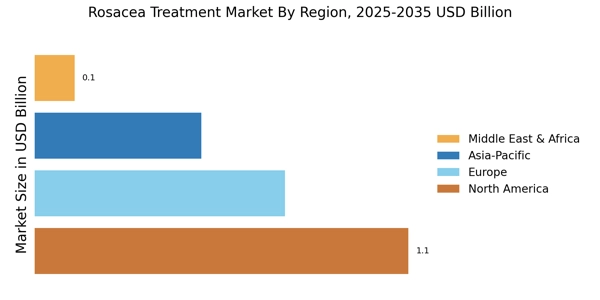
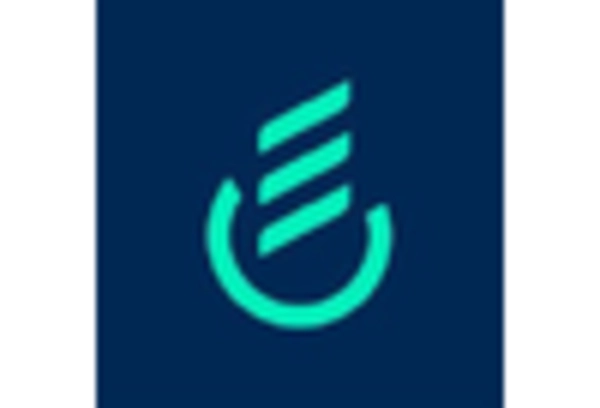
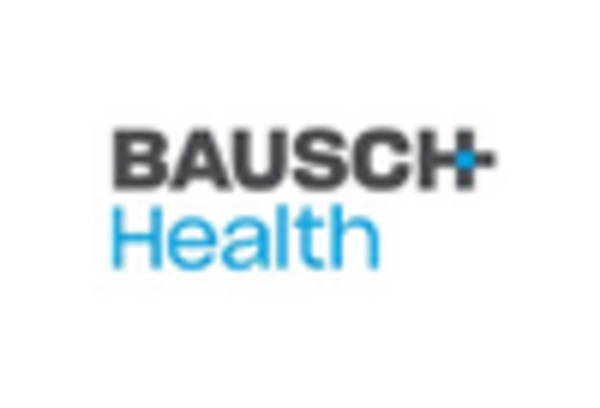
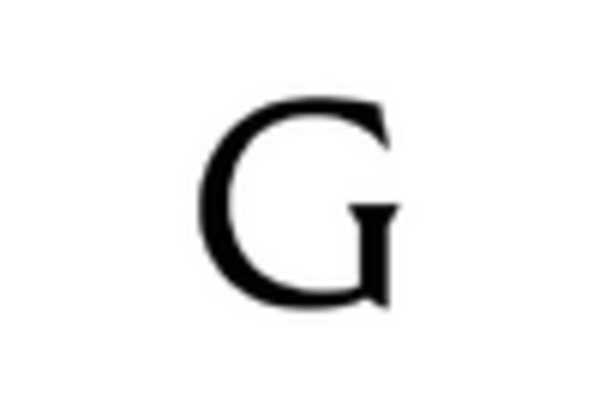
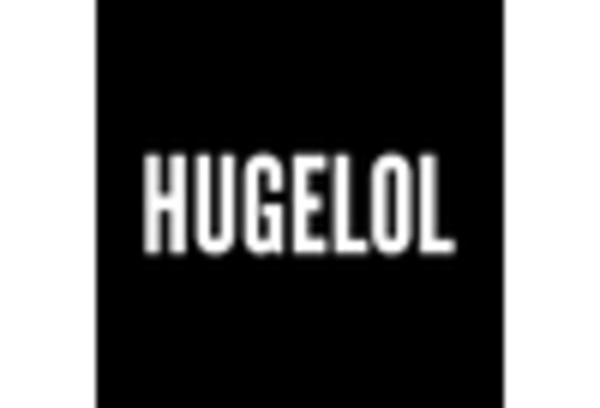
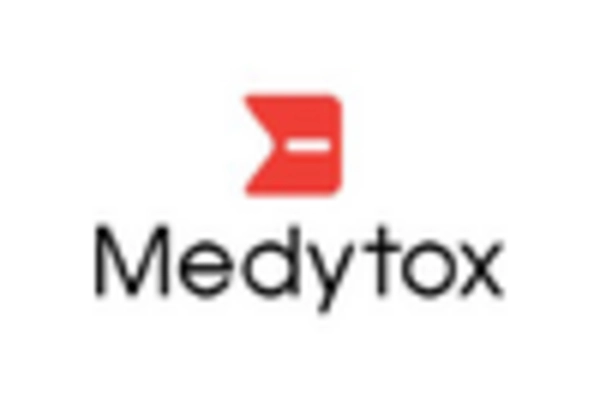
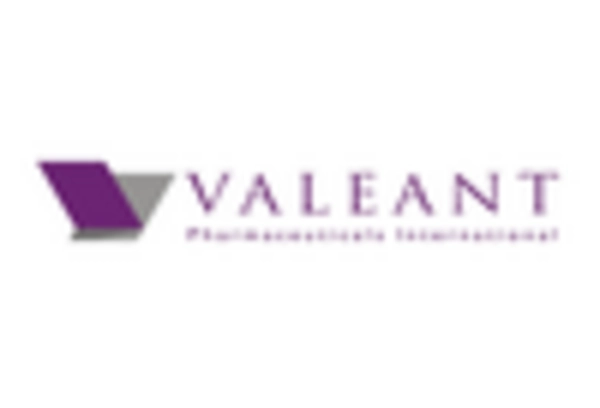








Leave a Comment